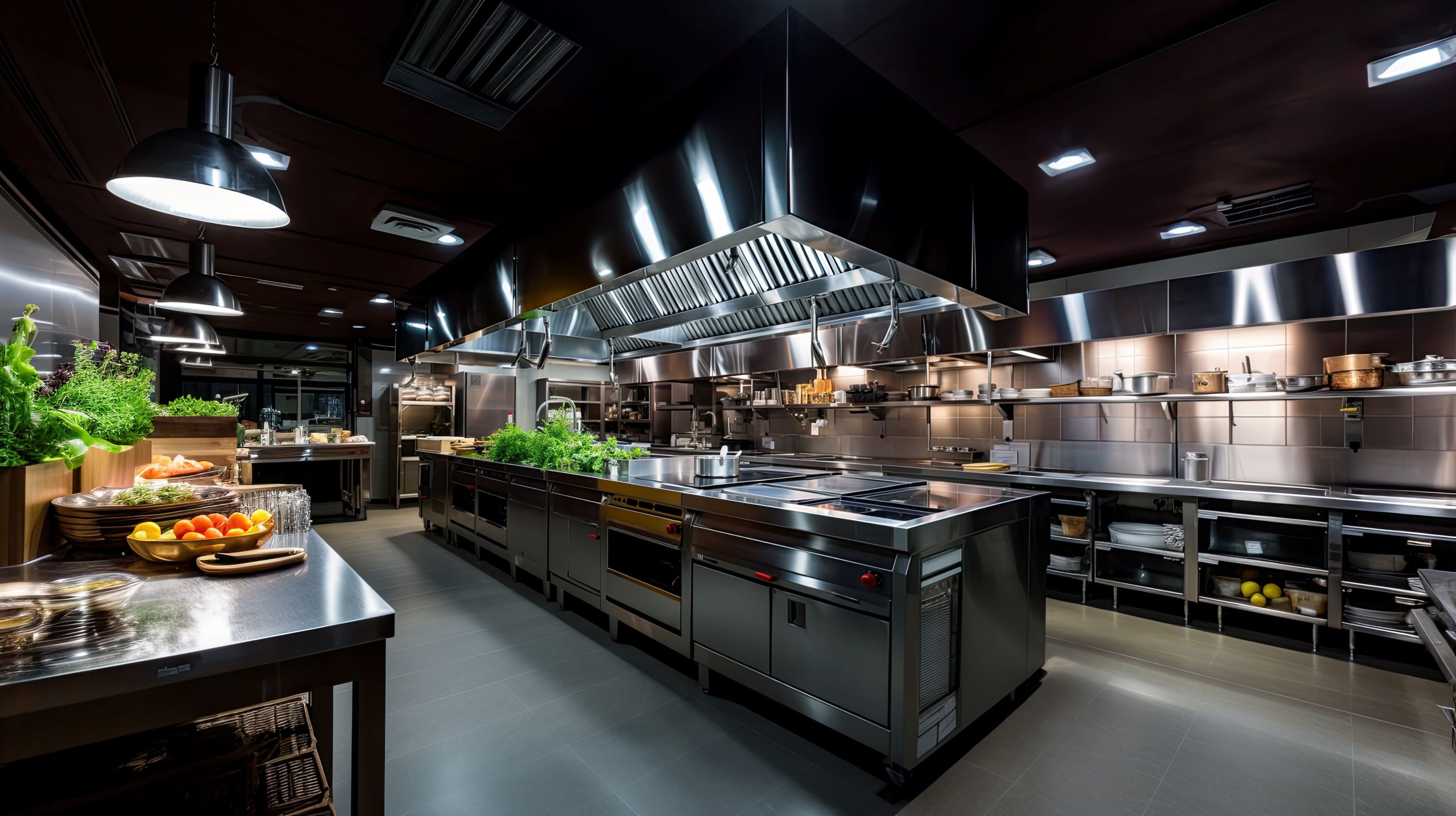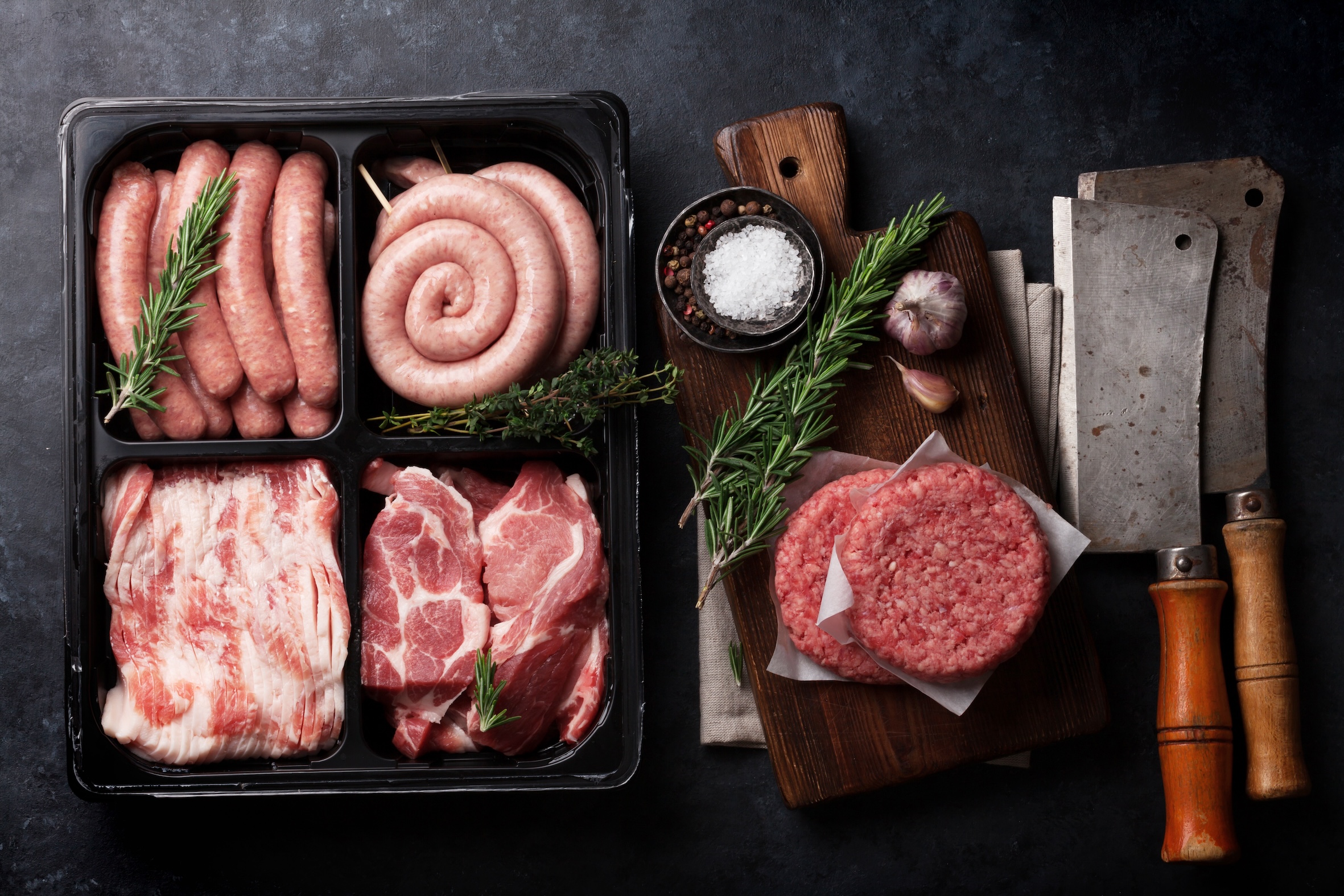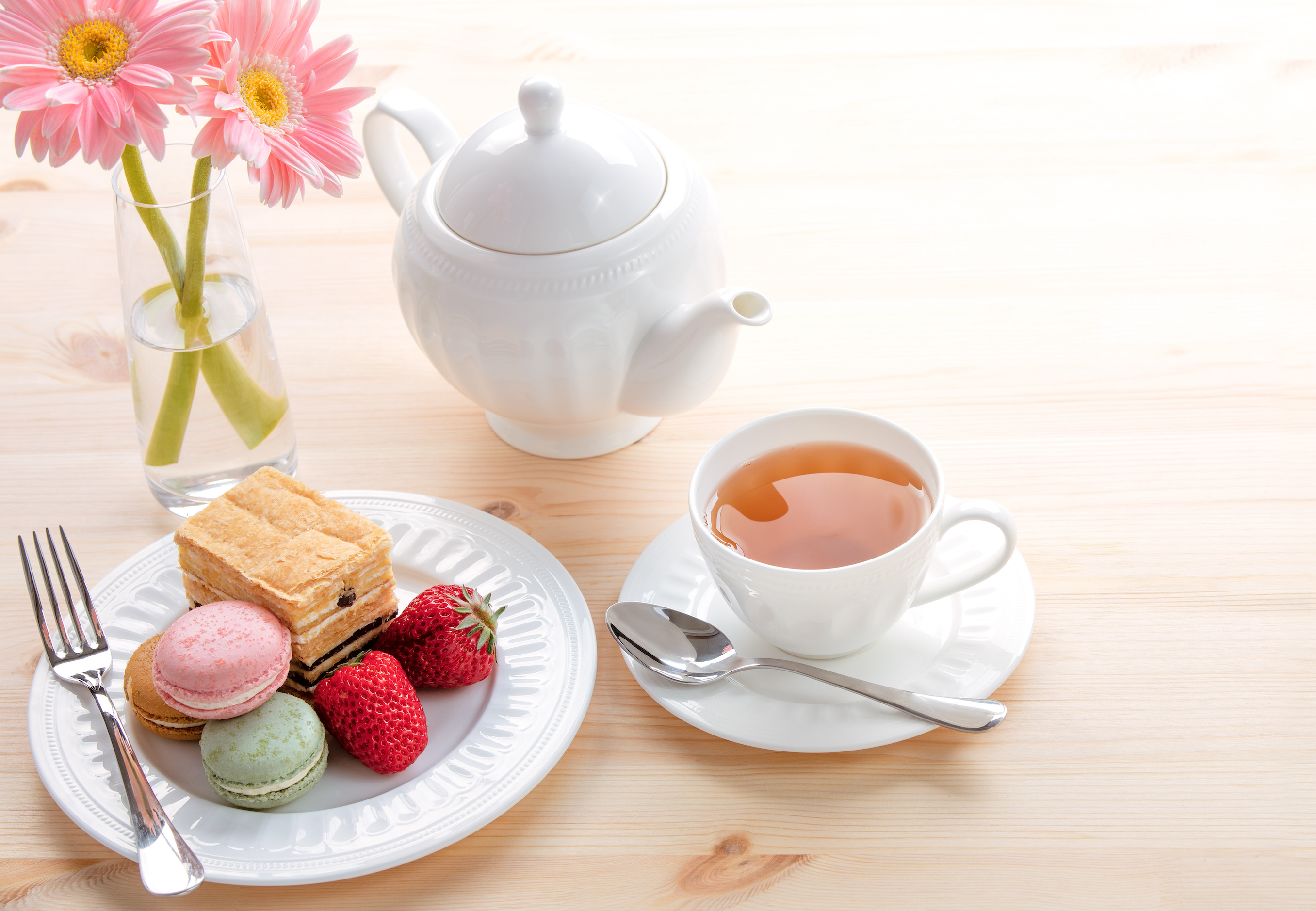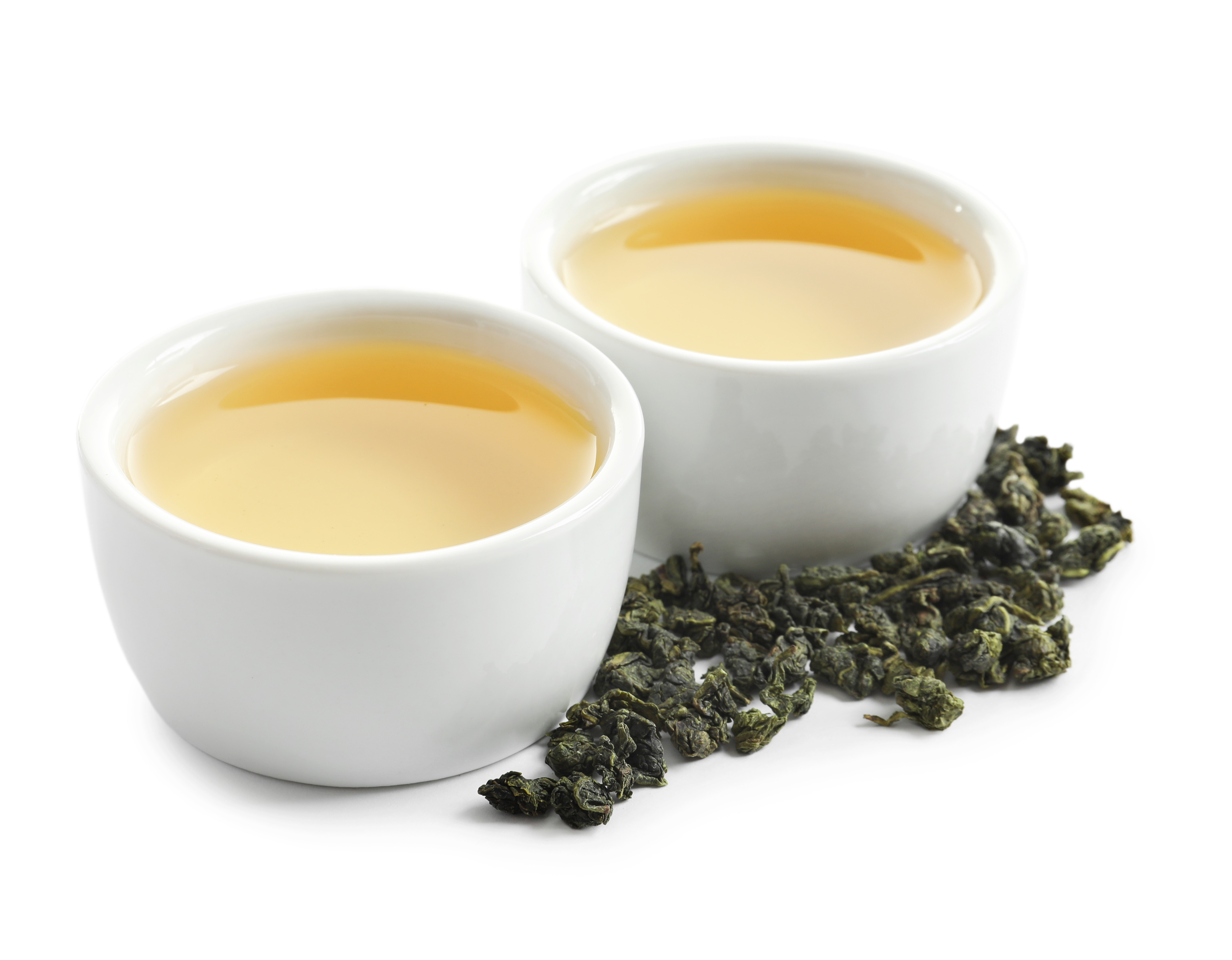Planning a year of the event party in Sydney? Then one of the essentials you need is a great function room with good food. No matter how well-planned and grandiose your event is, if you don't choose the best function room, you'll end up ruining your efforts. Because a function room makes your guests feel special, sets the mood, and works as your event's backdrop, it's vital to find the best venue.
So to help you celebrate a magnificent event, here are ways on how you can find the best venue with superb food in Australia's capital city:
1. Know The Size Of Your Attendees
Before you go and hunt for the best venue, you must have a good grasp of your event, especially the number of expected guests. Although you have a number of the guests who have confirmed their attendance, you should overestimate. For instance, if your guest list says 120, then the venue should fit at least 180-200 people. This way, you can still have room for last-minute attendees as well as unexpected guests.
However, you shouldn't pick a venue that's too spacious. Not only will it give a feeling of emptiness, but your guests might think that many have decided not to come.
2. Feel The Overall Ambience
After knowing the number of invitees and the size of the venue, you must visit the venue itself. Although you can decorate a function room, the structure, the exterior, and its interior, you still need to check the ambience of the venue personally.
On that note, if you host a corporate event, it's best to book event coordinators like Corporate Events by Deckhouse. Choosing the right ambience sets the mood of the event. On the other hand, if you book a function room with a vibe that doesn't go well with the event, it might contradict your event's goal.
3. Choose The Best Location
Since you have eliminated the function room hires that don't compliment your event, it's now time to choose the best location. Choose the wrong location, and many of your guests might not show up. But if you had a good location, chances are, your guests will love and give a thumbs up on your event.
To help you find the best location for your event, here are some factors you need to consider:
● If your attendees are local guests, then a venue located in the central part of Sydney may be perfect. That way, it's near their homes and even shopping centres where they can run their errands.
● If your event consists of attendees from out of town, Sydney East or South should be your choices. It's because of the famous beaches in these parts. Since they're not Sydney locals, your guests might extend their stay after your event to relax in some of the beaches.
● Lastly, and probably the most essential factor is the location's accessibility. Especially when your hosting in a traffic-prone area, maybe you can give your guests a ride to and from the airport. With such, you won't hassle your guests with the burden of looking for the best transportation to get to your venue.
4. Consider Their Amenities
The next is to know the function room's amenities. It's best if you choose the venue with a lot of amenities so you can focus on the event itself. Unlike with incomplete facilities, you might end up looking for stuff that your guests might need on the event itself.
For instance, your venue must have the following to consider signing a contract with them:
● AV Equipment - Instead of bringing your own audio-visual equipment, your venue should provide such. However, you must test the equipment's functionality to avoid interrupting the event with AV issues.
● In-house Kitchen - One of the things that your guests will remember is the food during the event. That's why it's also vital to check what food do the function room cater to. Although they might have a mouth-watering menu, search on reviews whether they prepare food safely or do they comply with food sanitation.
● Essentials - Choose a venue that provides linens, chairs, and tables during the event. With such, you can save a lot of effort and money getting these essentials. Also, the function room should have its own comfort rooms so your guests won't feel discomfort.
Conclusion
So if you want to host an event in Sydney, you should do it in the best function room possible. Not only will it keep your event meaningful but the function room suitable for your event can make your event memorable. That’s why you should follow the tips above if you want to locate the best venue for your upcoming event.
Planning a year of the event party in Sydney? Then one of the essentials you need is a great function room with good food. No matter how well-planned and grandiose your event is, if you don't choose the best function room, you'll end up ruining your efforts. Because a function room makes your guests feel special, sets the mood, and works as your event's backdrop, it's vital to find the best venue.
So to help you celebrate a magnificent event, here are ways on how you can find the best venue with superb food in Australia's capital city:
1. Know The Size Of Your Attendees
Before you go and hunt for the best venue, you must have a good grasp of your event, especially the number of expected guests. Although you have a number of the guests who have confirmed their attendance, you should overestimate. For instance, if your guest list says 120, then the venue should fit at least 180-200 people. This way, you can still have room for last-minute attendees as well as unexpected guests.
However, you shouldn't pick a venue that's too spacious. Not only will it give a feeling of emptiness, but your guests might think that many have decided not to come.
2. Feel The Overall Ambience
After knowing the number of invitees and the size of the venue, you must visit the venue itself. Although you can decorate a function room, the structure, the exterior, and its interior, you still need to check the ambience of the venue personally.
On that note, if you host a corporate event, it's best to book event coordinators like Corporate Events by Deckhouse. Choosing the right ambience sets the mood of the event. On the other hand, if you book a function room with a vibe that doesn't go well with the event, it might contradict your event's goal.
3. Choose The Best Location
Since you have eliminated the function room hires that don't compliment your event, it's now time to choose the best location. Choose the wrong location, and many of your guests might not show up. But if you had a good location, chances are, your guests will love and give a thumbs up on your event.
To help you find the best location for your event, here are some factors you need to consider:
● If your attendees are local guests, then a venue located in the central part of Sydney may be perfect. That way, it's near their homes and even shopping centres where they can run their errands.
● If your event consists of attendees from out of town, Sydney East or South should be your choices. It's because of the famous beaches in these parts. Since they're not Sydney locals, your guests might extend their stay after your event to relax in some of the beaches.
● Lastly, and probably the most essential factor is the location's accessibility. Especially when your hosting in a traffic-prone area, maybe you can give your guests a ride to and from the airport. With such, you won't hassle your guests with the burden of looking for the best transportation to get to your venue.
4. Consider Their Amenities
The next is to know the function room's amenities. It's best if you choose the venue with a lot of amenities so you can focus on the event itself. Unlike with incomplete facilities, you might end up looking for stuff that your guests might need on the event itself.
For instance, your venue must have the following to consider signing a contract with them:
● AV Equipment - Instead of bringing your own audio-visual equipment, your venue should provide such. However, you must test the equipment's functionality to avoid interrupting the event with AV issues.
● In-house Kitchen - One of the things that your guests will remember is the food during the event. That's why it's also vital to check what food do the function room cater to. Although they might have a mouth-watering menu, search on reviews whether they prepare food safely or do they comply with food sanitation.
● Essentials - Choose a venue that provides linens, chairs, and tables during the event. With such, you can save a lot of effort and money getting these essentials. Also, the function room should have its own comfort rooms so your guests won't feel discomfort.
Conclusion
So if you want to host an event in Sydney, you should do it in the best function room possible. Not only will it keep your event meaningful but the function room suitable for your event can make your event memorable. That’s why you should follow the tips above if you want to locate the best venue for your upcoming event.
Planning a year of the event party in Sydney? Then one of the essentials you need is a great function room with good food. No matter how well-planned and grandiose your event is, if you don't choose the best function room, you'll end up ruining your efforts. Because a function room makes your guests feel special, sets the mood, and works as your event's backdrop, it's vital to find the best venue.
So to help you celebrate a magnificent event, here are ways on how you can find the best venue with superb food in Australia's capital city:
1. Know The Size Of Your Attendees
Before you go and hunt for the best venue, you must have a good grasp of your event, especially the number of expected guests. Although you have a number of the guests who have confirmed their attendance, you should overestimate. For instance, if your guest list says 120, then the venue should fit at least 180-200 people. This way, you can still have room for last-minute attendees as well as unexpected guests.
However, you shouldn't pick a venue that's too spacious. Not only will it give a feeling of emptiness, but your guests might think that many have decided not to come.
2. Feel The Overall Ambience
After knowing the number of invitees and the size of the venue, you must visit the venue itself. Although you can decorate a function room, the structure, the exterior, and its interior, you still need to check the ambience of the venue personally.
On that note, if you host a corporate event, it's best to book event coordinators like Corporate Events by Deckhouse. Choosing the right ambience sets the mood of the event. On the other hand, if you book a function room with a vibe that doesn't go well with the event, it might contradict your event's goal.
3. Choose The Best Location
Since you have eliminated the function room hires that don't compliment your event, it's now time to choose the best location. Choose the wrong location, and many of your guests might not show up. But if you had a good location, chances are, your guests will love and give a thumbs up on your event.
To help you find the best location for your event, here are some factors you need to consider:
● If your attendees are local guests, then a venue located in the central part of Sydney may be perfect. That way, it's near their homes and even shopping centres where they can run their errands.
● If your event consists of attendees from out of town, Sydney East or South should be your choices. It's because of the famous beaches in these parts. Since they're not Sydney locals, your guests might extend their stay after your event to relax in some of the beaches.
● Lastly, and probably the most essential factor is the location's accessibility. Especially when your hosting in a traffic-prone area, maybe you can give your guests a ride to and from the airport. With such, you won't hassle your guests with the burden of looking for the best transportation to get to your venue.
4. Consider Their Amenities
The next is to know the function room's amenities. It's best if you choose the venue with a lot of amenities so you can focus on the event itself. Unlike with incomplete facilities, you might end up looking for stuff that your guests might need on the event itself.
For instance, your venue must have the following to consider signing a contract with them:
● AV Equipment - Instead of bringing your own audio-visual equipment, your venue should provide such. However, you must test the equipment's functionality to avoid interrupting the event with AV issues.
● In-house Kitchen - One of the things that your guests will remember is the food during the event. That's why it's also vital to check what food do the function room cater to. Although they might have a mouth-watering menu, search on reviews whether they prepare food safely or do they comply with food sanitation.
● Essentials - Choose a venue that provides linens, chairs, and tables during the event. With such, you can save a lot of effort and money getting these essentials. Also, the function room should have its own comfort rooms so your guests won't feel discomfort.
Conclusion
So if you want to host an event in Sydney, you should do it in the best function room possible. Not only will it keep your event meaningful but the function room suitable for your event can make your event memorable. That’s why you should follow the tips above if you want to locate the best venue for your upcoming event.
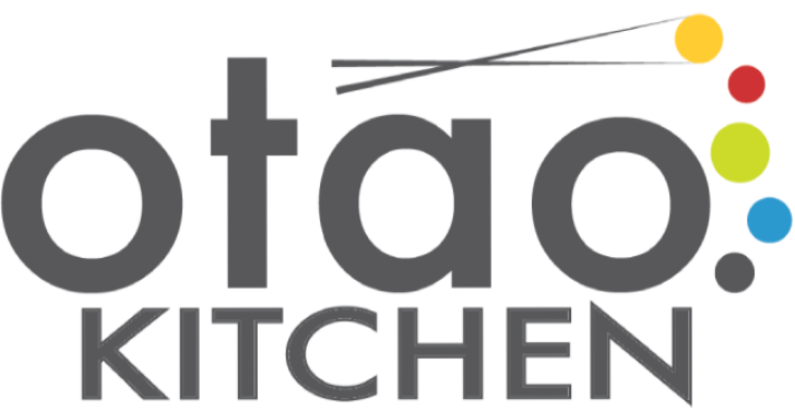


.jpeg)





